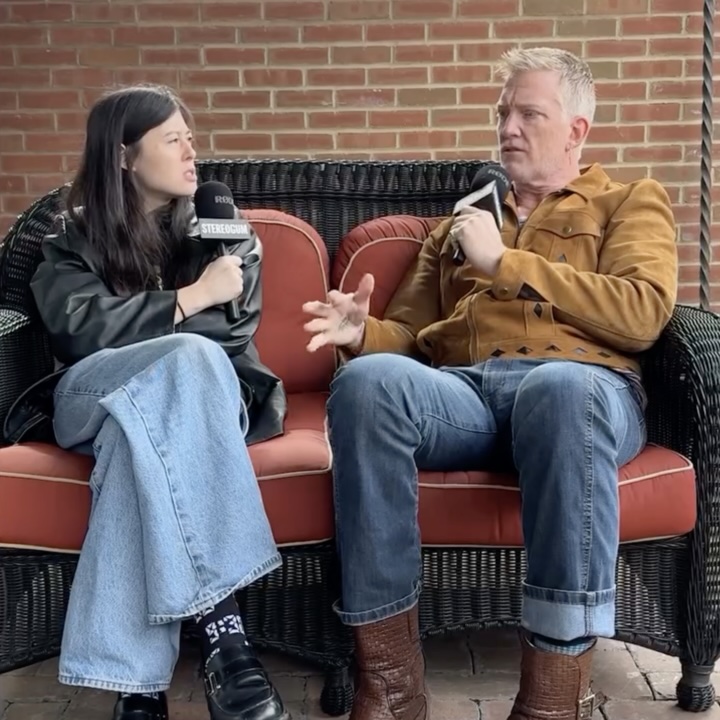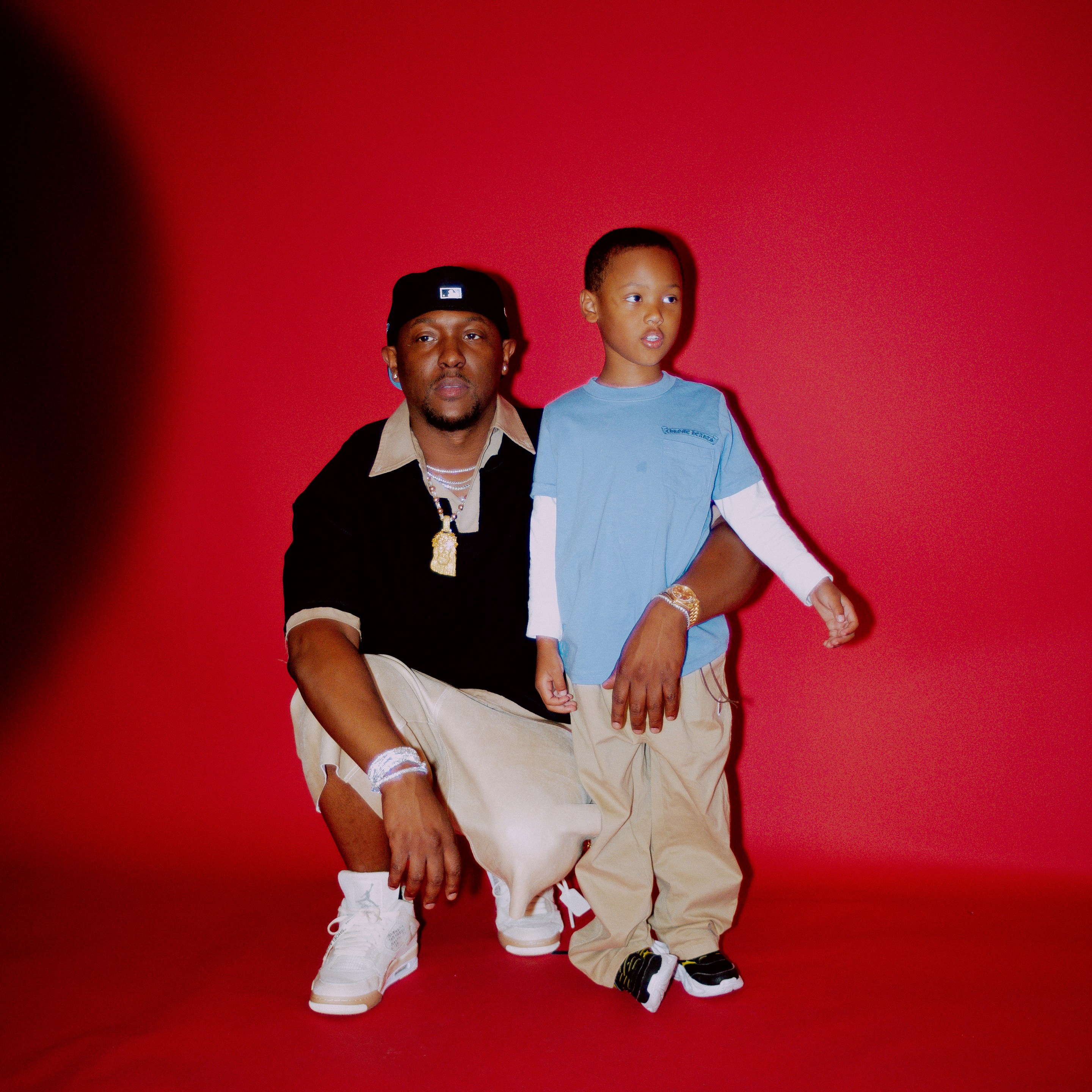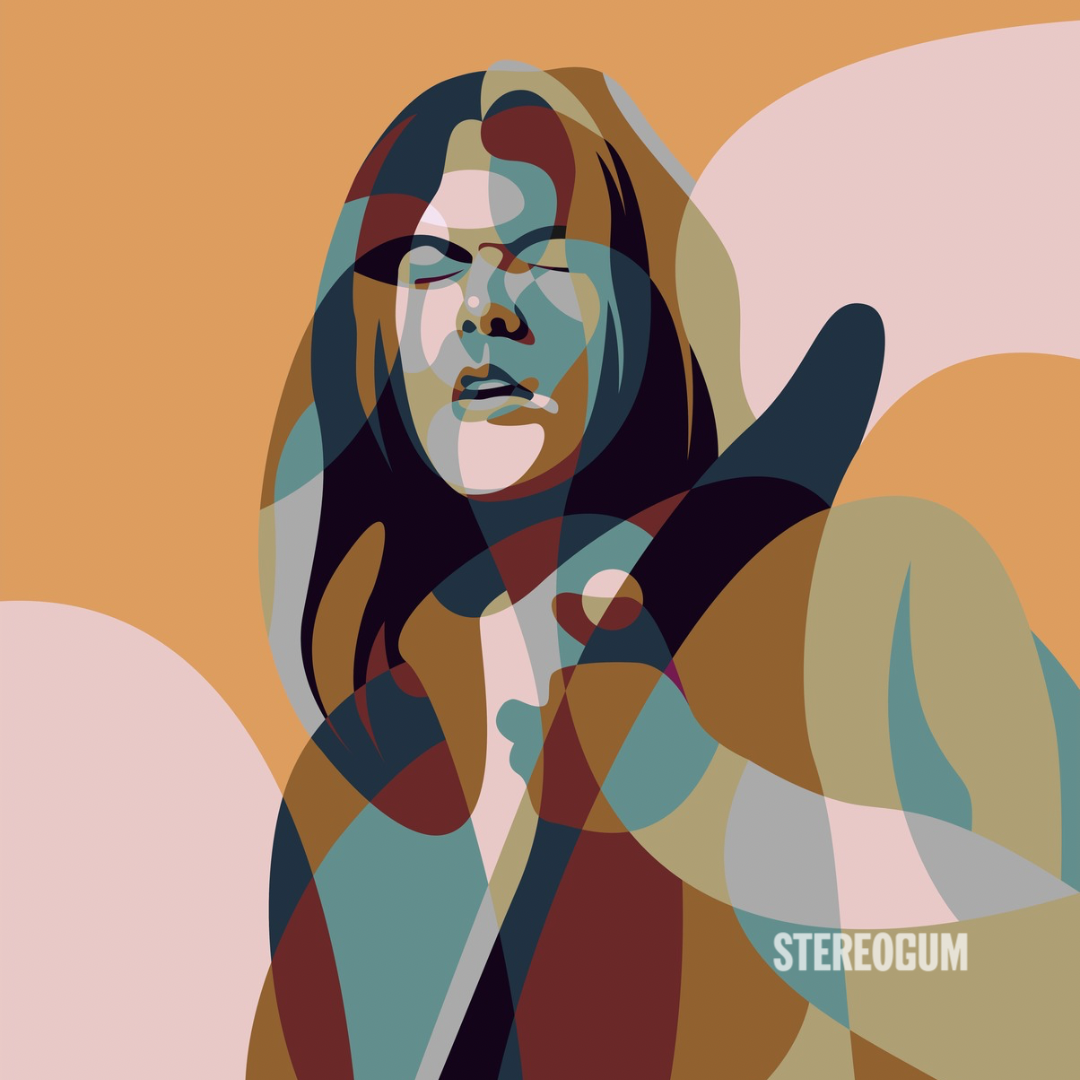The cover for Ben Frost's 2009 album By The Throat acted like a warning sign for what lurked within: light piercing through the midst of an oppressive blizzard, revealing Frost's figure alongside three wolves. And sure enough, midway through the noise snowstorm of the album's second track, we do hear wolves, growling like they're moments away from making a kill. It established right there that more than the harsh noise dominance, modern compositional pedigree, the love for the Cure's textured guitar work, and the constant looming specter of black metal, Ben Frost's biggest influence was the natural world. If you read the liner notes for Swans triumphant The Seer you'll find Frost being credited for providing "fire sounds," both synthetic and acoustic. It was a brief contribution but still: He's the guy who literally brought the fire to an album seemingly made of the stuff. Experimental music fans have waited patiently for a new album for almost half a decade. Frost's work takes time, years even, to form under gradual pressure, but the results are as solid as diamond. In 2014 we've finally gotten that new album and again the artwork acts as a signifier. Now we see our subject front and center obscured not by darkness, but blinding light. It fits because A U R O R A is the sound of Ben Frost going supernova.
For the first time the music of the Iceland-based composer sounds as if it has completely left our planet's orbit. The presence of nature is stronger than ever before, but not in the form of tundra-like drones and volcanic noise. A U R O R A, true to its name, sounds completely irradiated, moving faster and burning brighter than anything within this stratosphere. From the jet engine take off of "Flex" into the recently released "Nolan" and later "Venter" it's a savage sprint until the abrupt moment "A Point Of Blinding Light" burns up into silence. Recorded in the Democratic Republic of Congo while working with Richard Mosse on the Enclave Project (specifically the haunting, beautiful photography of the Infra series) the album features the most rhythmic, aggressive, and melodic music we've heard from Frost. The flesh is made of his searing electronics, but the bones that give it structure come from three formidable musicians: Greg Fox (ex-Liturgy drummer, current Guardian Alien leader), multi-instrumentalist Shahzad Ismaily, and Thor Harris, who described Frost's then-unfinished album as "terrifying" to me last year after a gig with his main band Swans (seriously, picture that coming from someone responsible for the soul-destroying behemoth To Be Kind). Frost spoke to me from his home in Reykjavík about the many experiences that went into forging this album, what he strives for in collaborating, and the dangerous, terrifying beauty of the aurora.
STEROGUM: It's been a while since By The Throat came out, but you've been busy over the past few years. When did you start to get an urge to make a new album? Were you feeling it was time for that?
FROST: It's not about the time. Honestly the urge is to make a new kind of music. I kind of think I started playing around with the ideas that ended up becoming A U R O R A a few years ago.
STEROGUM: A few years ago?
FROST: Yeah. This stuff takes a long time and there's a lot of casualties along the way. I think it comes in a lot of talking, a lot reading and listening and just living. A picture just started to form in my mind. You know when you see those weather satellite images of a tornado forming? It doesn't just appear. It's the currents that flow in from north and south, east and west. There's all these different aspects of it that will start to create this sort of feedback called a cone and start to coalesce somewhere in the middle there and slowly picks up speed until it becomes this perfect storm of elements that allow for this perfect moment of destruction. And that's the last few years, but it probably took until, I'd say, until the beginning of last year to get to full velocity and to have what needed to happen.
STEROGUM: It's interesting that you compare your music to a storm: Nature is such an intense part of it, and people are drawn to describe your albums in terms of these massive natural phenomena. I'm curious about that, especially with the title A U R O R A. What kind of elements of nature inspired this?
FROST: I will say one thing, just as a side note. You're the first person -- and I've done like 20 interviews in the last two weeks -- to ask me about the title of the album, which is hilarious to me. I've been waiting for that to come up and it never comes up. This record is about misconception in many ways, of our sensorial image of the world. We work within limited means, within limited frequency bands. We just perceive it as the way that we need to. And this is when I started working with Richard Mosse in the Enclave. The way that he was presenting, literally, this other spectrum of light and presenting a familiar situation through them in a way that was revealing something new about the image, something new about our reality without fundamentally synthesizing anything. Just contorting the perception of that situation is a powerful idea musically, and it's something I really wanted to explore through my experiences. I spent so much time around electronic music and specifically dance music over the period preceding By The Throat, spending more time around electronic music festivals and being exposed to a culture of dance music that really lies outside of my musical evolution. I didn't go to raves as a kid. I was listening to fucking Nirvana. It wasn't part of my reality. So the fact I'm territorially placed inside a genealogy that leads back to the history of dance music puts me in a position where I'm sort of observing it from a different point of view. That idea of finding a different spectrum within my own work and trying to get inside the fundamentals of this need for pulse and repetition and rhythm unified that.
STEROGUM: One of the things I love about this album is that there is that unbelievable aggression, almost near violence. But it's just a really, really beautiful album. A lot of times, it's those things at the same time.
FROST: Well the thing is, it can hack it, you know? It can take it. Those melodies have to be able to handle that. It's the only way they deserve to be there: if they can handle it. They have to pass through; they have to.
STEROGUM: In the past year or two, you've popped up in supportive roles on other really great albums: Tim Hecker's recent one and The Seer by Swans.
FROST: When it comes to other people's music -- when it comes to the process of listening and hearing things -- I realize more and more that there's a certain inherent balance that I'm looking for in all the music that I hear. There's a sort of radius of the range of motions, sonic relationships between low and high, and middle frequencies and a relationship between the right and left, and the distance to its instruments and voice, and a way a voice will sound within the spectrum of the music. Does it feel like it's in my ear? Does it feel far away? When I have the opportunity to get involved in somebody else's music, for example when you have someone like Colin Stetson I often find that my general predilection is to make more space and to tease out the doubts between things and widen the space and force a wider void. I want there to be more extreme relationships between things. When there is a low transient I don't want it to hit me in my shoulders, I want it in my ankles. I want the lows to be lower and I want the highs to be higher and I want the things that feel close to feel like they're inside my head. There's no overriding decision. There's no overriding premise for any of this. It's just that these series of small choices all point towards a kind of music that is harder to ignore.
STEROGUM: So when you brought on these supportive players for A U R O R A is that a similar approach you take when you work with Thor Harris or Greg Fox?
FROST: Totally. I mean those are personalities, big, strong, fully formed musical personalities. They're not players. These are formidable artists. It does seem to throw down the gauntlet to me where I have to step up and write things that are worthy of that collaboration. But, just knowing from very early on that those guys were going to be involved, it changes what I write. It changes the nature of the music. Just the idea that they're there. The number of days it took to make this record versus the number of days Greg or Thor were actually in the room is not many… but it's entirely not the point. The point is that I knew very early on that they were people I wanted to work with, that they going to be involved and with Shahzad Ismaily -- he was there from pretty much day one. The roles required were ... it's about characters. They bring with them a series of colors and textures.
STEROGUM: What's it like getting this ready to be performed, especially with the people who you are working with? Is there going to be a way to somehow bring them along?
FROST: Yes, totally. I'm performing with Greg and Shahzad and where possible Thor there as well.
STEROGUM: Has it been a challenge then after redrafting this thing to find a way to recreate it or channel it?
FROST: I don't think about recreating it. It's just about channeling that energy into something. But then again I want to get back to what you asked me originally, just about the title. That image. The aurora. That idea.
STEROGUM: You get that even in song titles like "A Single Point Of Blinding Light."
FROST: It's fucking crazy, fucking gamma radiation belting down at us. Like being vomited out of a giant fucking star and being shot at us at a billion miles an hour. And it's being sucked towards the coals of our Earth like a giant battery and raining down upon us in this way that it's a process born on inherit violence. Inherent, imminent, and overwhelming danger. [But] the way we perceive it, it means something else. I think on some level the record is an attempt to readdress [dance] music, the entire nature of rhythm and euphoria and what it is we're actually trying to get at. I'm sure there's no surprise to anyone that the bass drum is an externalization of the heart. That's why we're drawn to that idea. That's why we've pulled towards rhythm. That's why house music is so fucking popular! It sits at the right tempo. It's not something that we're inventing out of nowhere. It comes from somewhere so much deeper, so much older. That aurora. That image of light. that neon, glowing luminescence is magical for reasons that go beyond the way it dances. It's not about its beauty. It's not why we're attracted to it. I think that's how we read it now. But I think why we're really attracted to it is on a lower level, much further down in the bones. It's about blinding and maybe forcing questions on us we're not ready to answer.
STEROGUM: The album really sounds like that: that feeling of almost being blinded by something so vibrantly bright.
FROST: It should just feel like being in a fucking particular accelerator. I wanted it to feel like something being pulled apart. Just massive, massive amounts of energy condensed to a point, just fucking exploding and radiating out towards you. That's what I want. It should feel like you're being drenched, showered in photons.
//
A U R O R A is out 5/26 via Mute.






